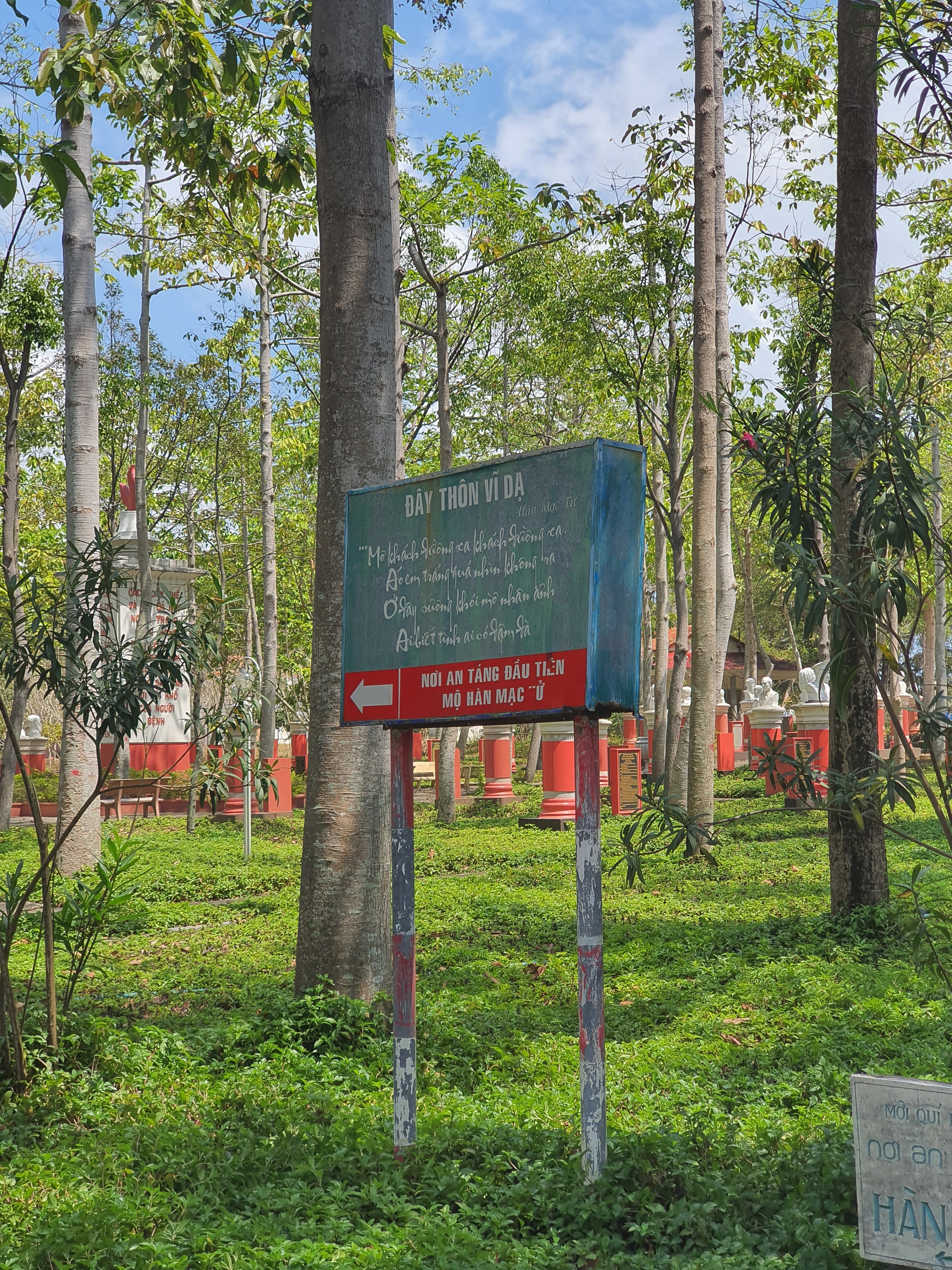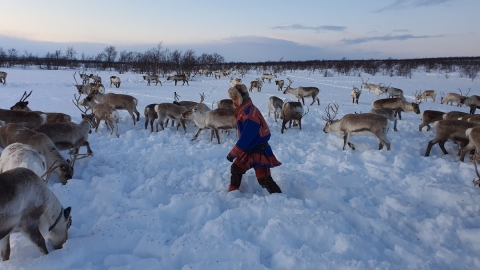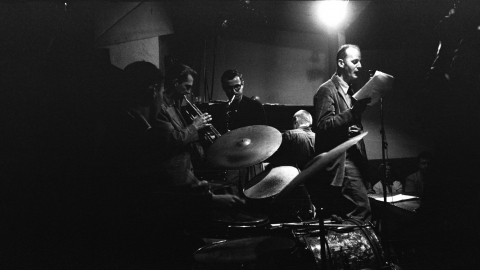“Are you planning to visit the most peaceful place where Han Mac Tu once lived?”
“…Where?”
"The village you just passed through."
“Oh, yes, I will.”
I quickly replied to the driver on the bus from the airport to the center of Qui Nhon city. In my head, I also recited the keyword “Han Mac Tu village” and planned to search Google specifically when I got back to the hotel. Unexpectedly, that place name was not on the map.
“THE MOST PEACEFUL PLACE HAN MAC TU EVER LIVED”
Han Mac Tu (1912-1940), journalist, poet, born in Quang Binh and died in Qui Nhon. His poems, because of their madness and surrealism, are not known, memorized, or loved by everyone. However, the story of the sentimental poet who contracted leprosy and spent his last days in pain is probably something everyone has heard. The place where Han Mac Tu's last days were witnessed was in Qui Nhon, in the Quy Hoa Leprosarium.
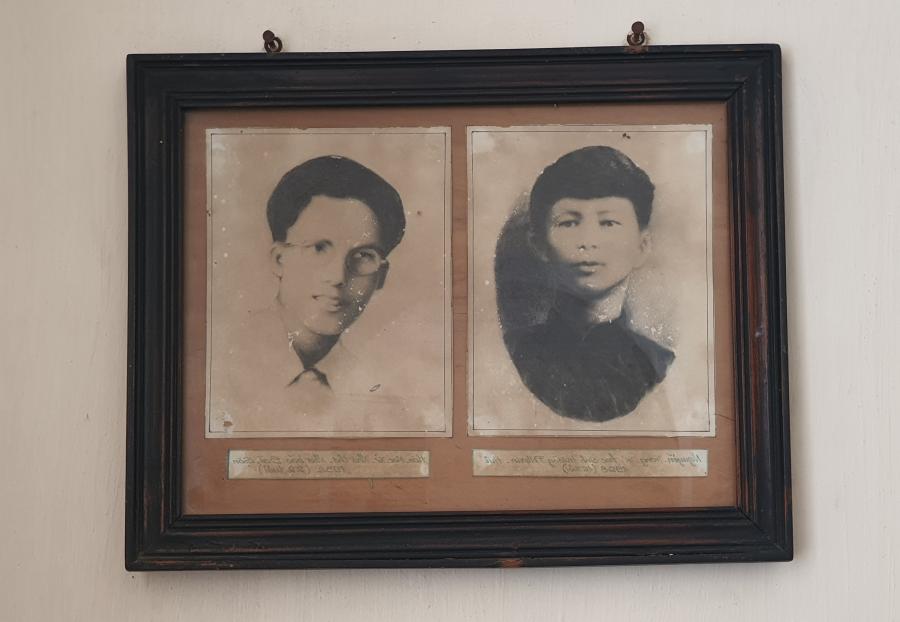
Around 1929, French priest Paul Maheu discovered the rare purity and pristine nature of this land, he decided to build a treatment area for leprosy patients called Laproserie de Quy Hoa Hospital. In 1932, the hospital was rebuilt by Charles Antoine and Ozithe, including a residential area for patients to come here for long-term treatment. In addition to the hospital, in the Quy Hoa campus there is also a church, a residence for nuns and more than 200 houses for leprosy patients to settle down. In 1936, Han Mac Tu contracted leprosy and came to live the last years of his life in Quy Hoa.
Today, the hospital has been upgraded to be more spacious and modern; leprosy has also been cured. However, the families of leprosy patients, having spent a large part of their lives here, still choose to stay.
VILLAGE AMONG THE GRAVES
My 3-day beach trip had to be changed to 4 days, just because I couldn't find the way to Quy Hoa Leprosy Hospital and was determined to spend another day searching for it, until I found it.
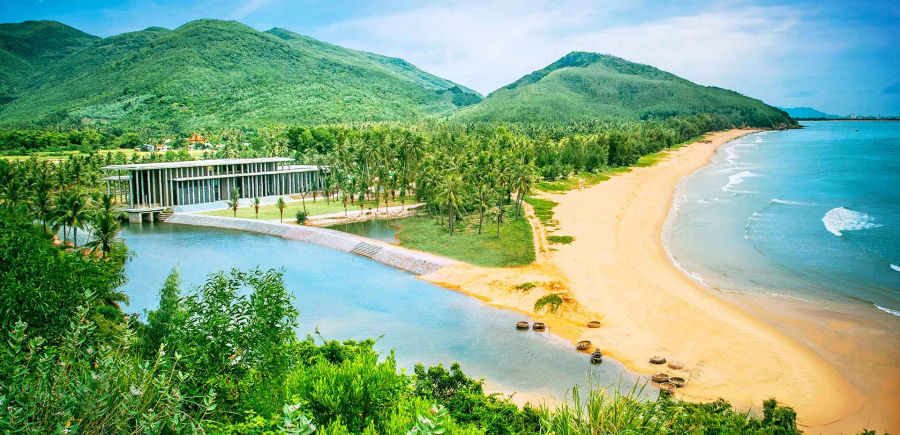
A corner of Quy Hoa village seen from afar; on the left is the Quy Nhon Interdisciplinary Institute of Scientific Research and Education (photo: Internet)
There are only a few articles about the Leper Colony on the Internet, and there is no such place on Google Maps. I kept going back and forth from the Ghenh Rang area and Quy Hoa village in a vicious circle. Looking down from the highway, Quy Hoa village lies along the gentle stretch of sea. On the way to the village, I passed ICISE - an outstanding architectural, scientific and educational work of Quy Nhon located right next to the sea, exuding a contemporary, open and peaceful atmosphere (which I promised myself I would definitely stop by next time I come back).
But the Leper ColonyhideWhere?
Finally, at nearly 11am, I reached the end of the village and stopped the car in dismay. At the end of the village was a cemetery, old graves lined up one after another. Suddenly turning to the left, I saw a skinny gate with a sign reading “Quy Hoa Leprosarium”.
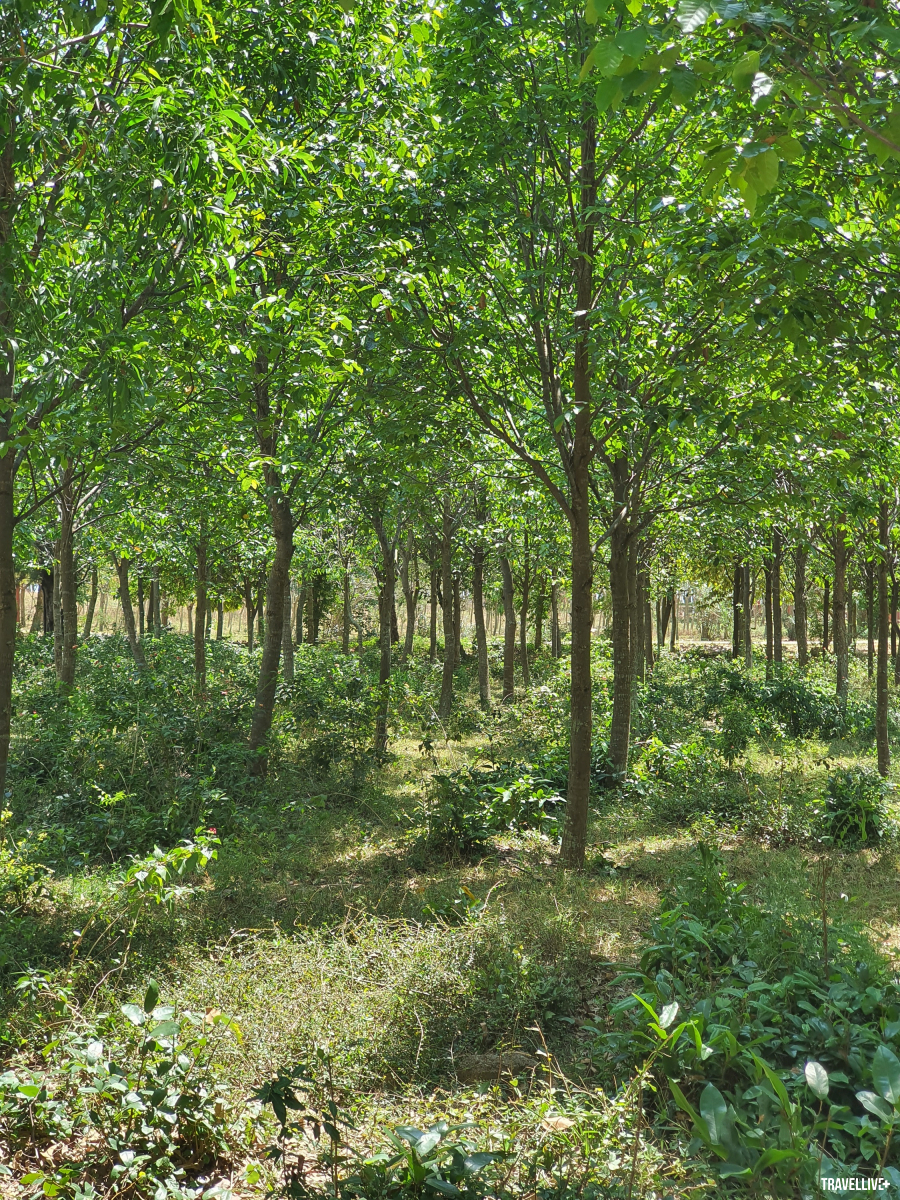
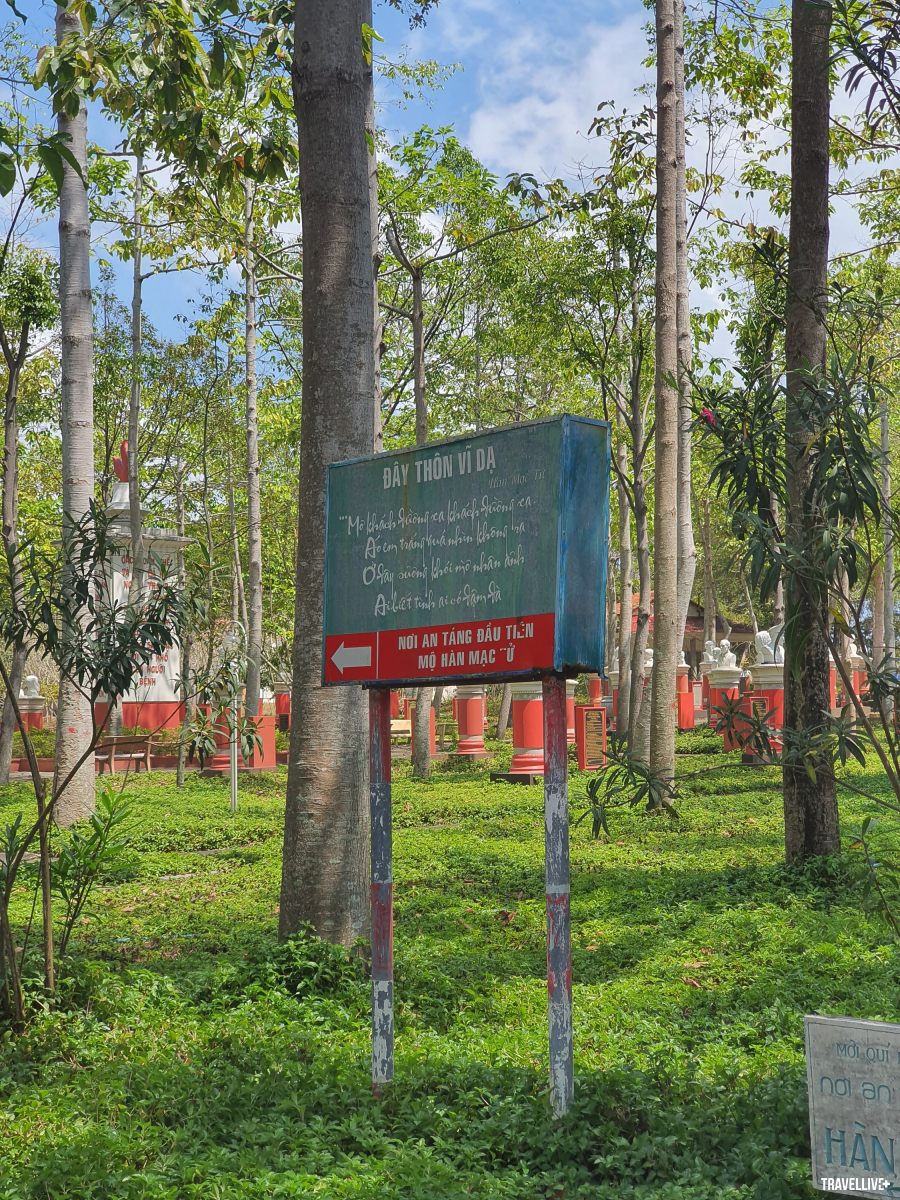
What I had to pay most attention to here were... the graves. Too many graves for a place with few people. The location of the Camp is right next to the Quy Hoa village cemetery; entering the Camp, after walking a short distance, you will reach a house reserved for visitors to burn incense and commemorate the patients with "special" backgrounds who passed away (from leprosy) in this place. Going to the end of the Camp, where the grass and trees are greenest, is also where the deceased rest. Among the white tombstones, somewhere used to be the grave of Han Mac Tu.
Perhaps this is what creates the peaceful, quiet atmosphere of the Camp. Anyone I meet - the guard, the residents or the children coming home from school - they are strangely quiet. It's not that they look bored or sick; they are simply very gentle. Perhaps, few people get to live in a special and "paradoxical" world like the people of Quy Hoa Leprosy Camp. On the one hand, life is as beautiful as a fairy tale, with blue sea, gentle sunshine; time does not appear through TV or phone, but flows through the life of flowers, leaves, grass and animals. On the other hand, death is also clearly present in their lives - right next to the house, right in the steps around.
Who can make people love life, better than the god of Death himself?
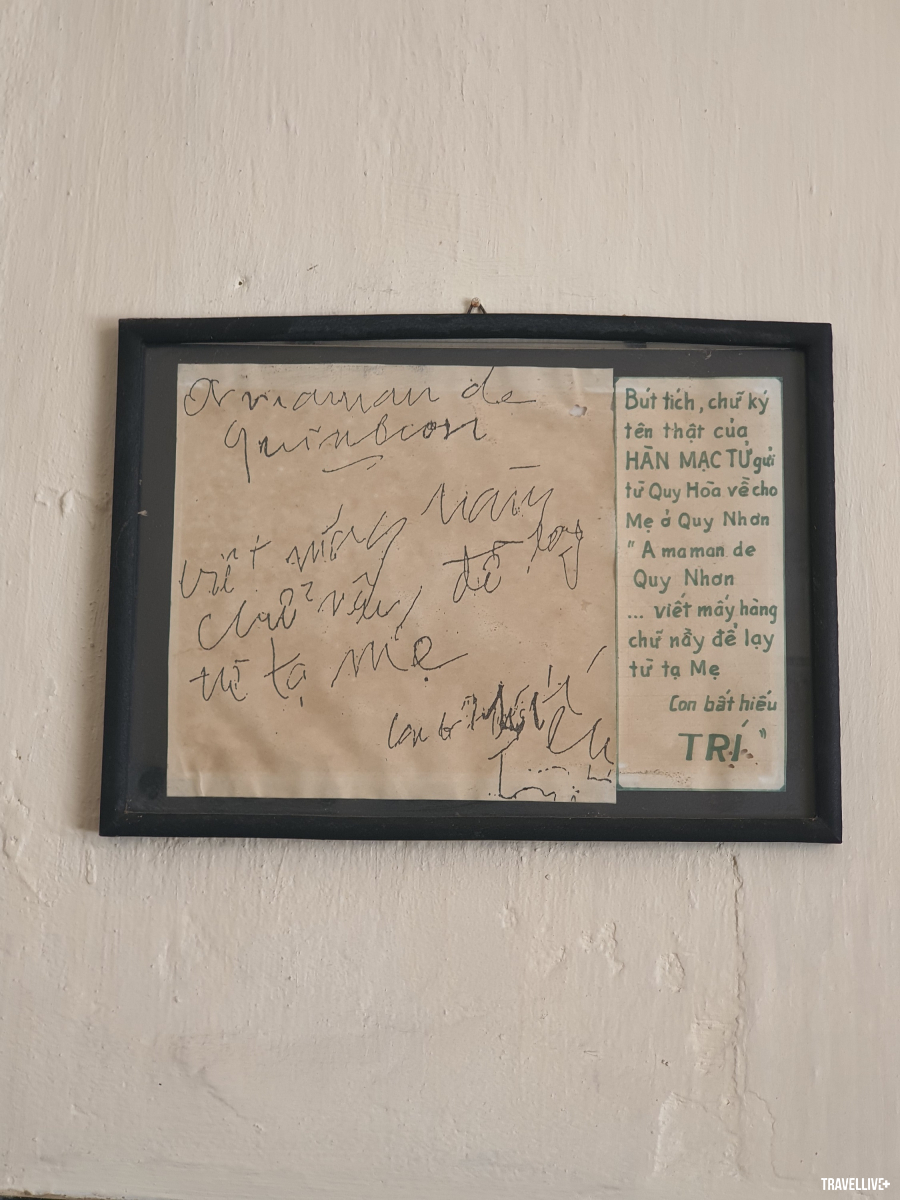
WAVES, LULLAGE,
The only place in the Camp that is always open to welcome strangers is the "Han Mac Tu Memorial House". The house still retains the furniture he used here, on the walls hang some autographs, portraits and poems written by friends about his life.
Trees and flowers are everywhere along the paths, creating brilliant photo angles for visitors. The end of every turn leads to Quy Hoa beach, the water is crystal clear. Of course you can’t (shouldn’t) come here to swim, but I did see a few groups of young people come here to picnic with lots of food and drinks. They were the quietest picnickers I’ve ever seen.
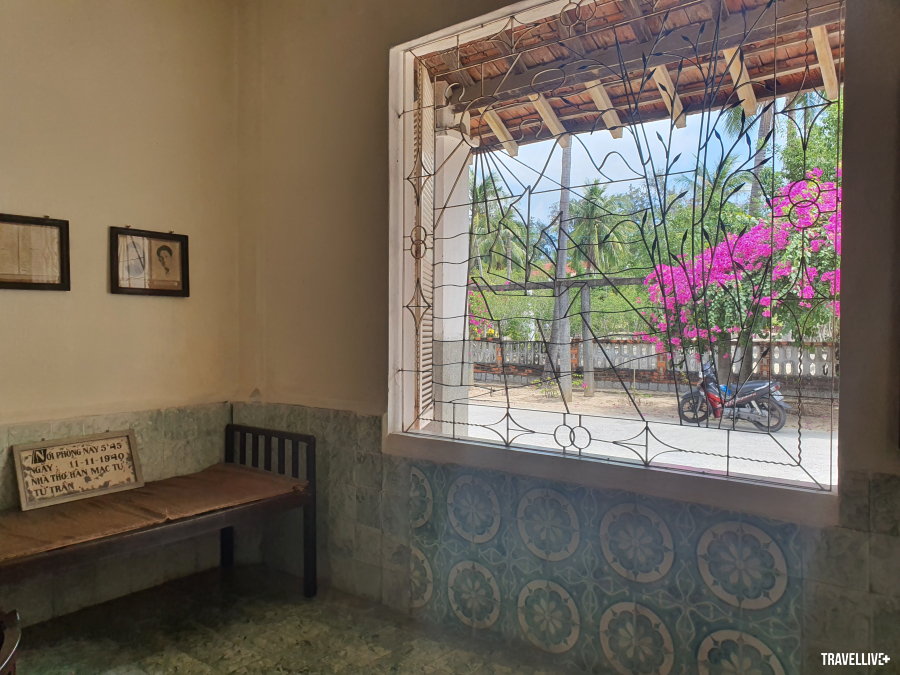
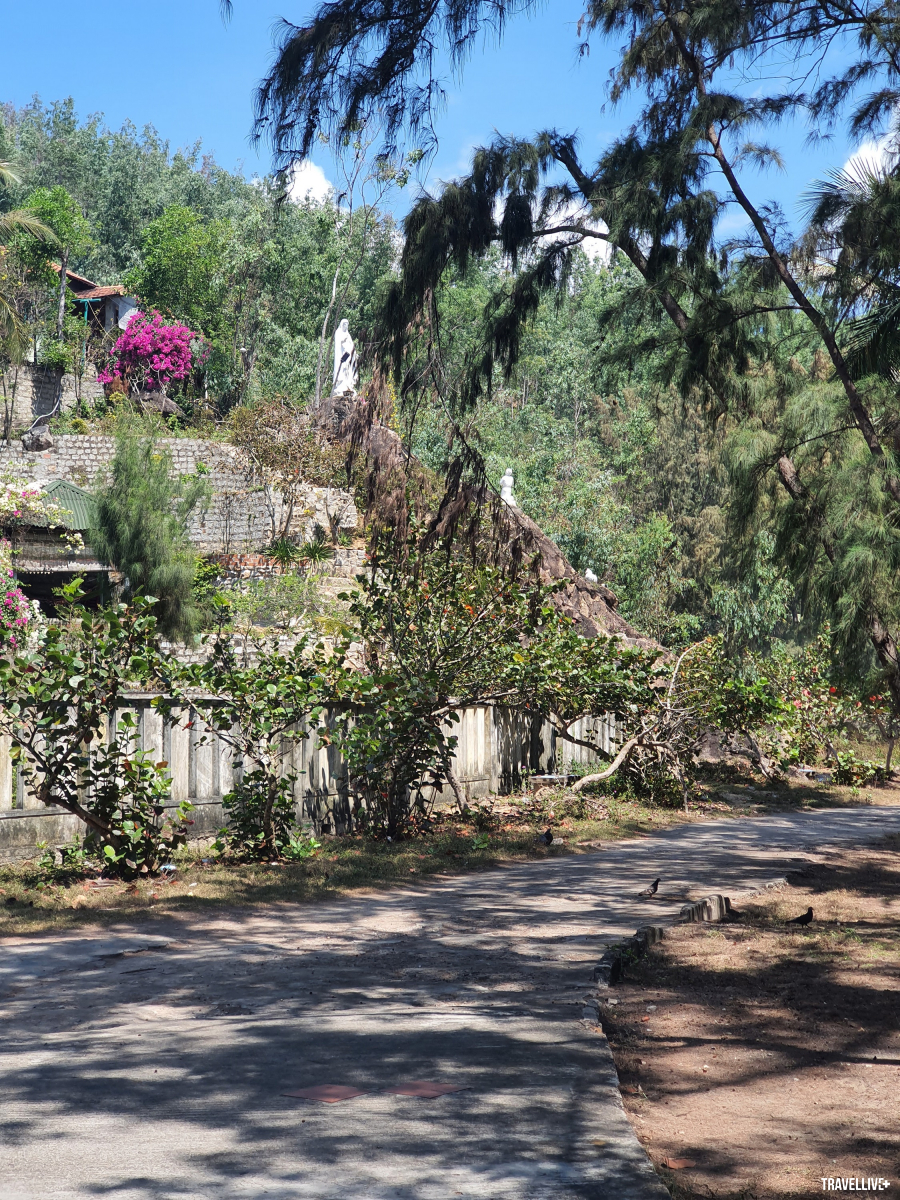
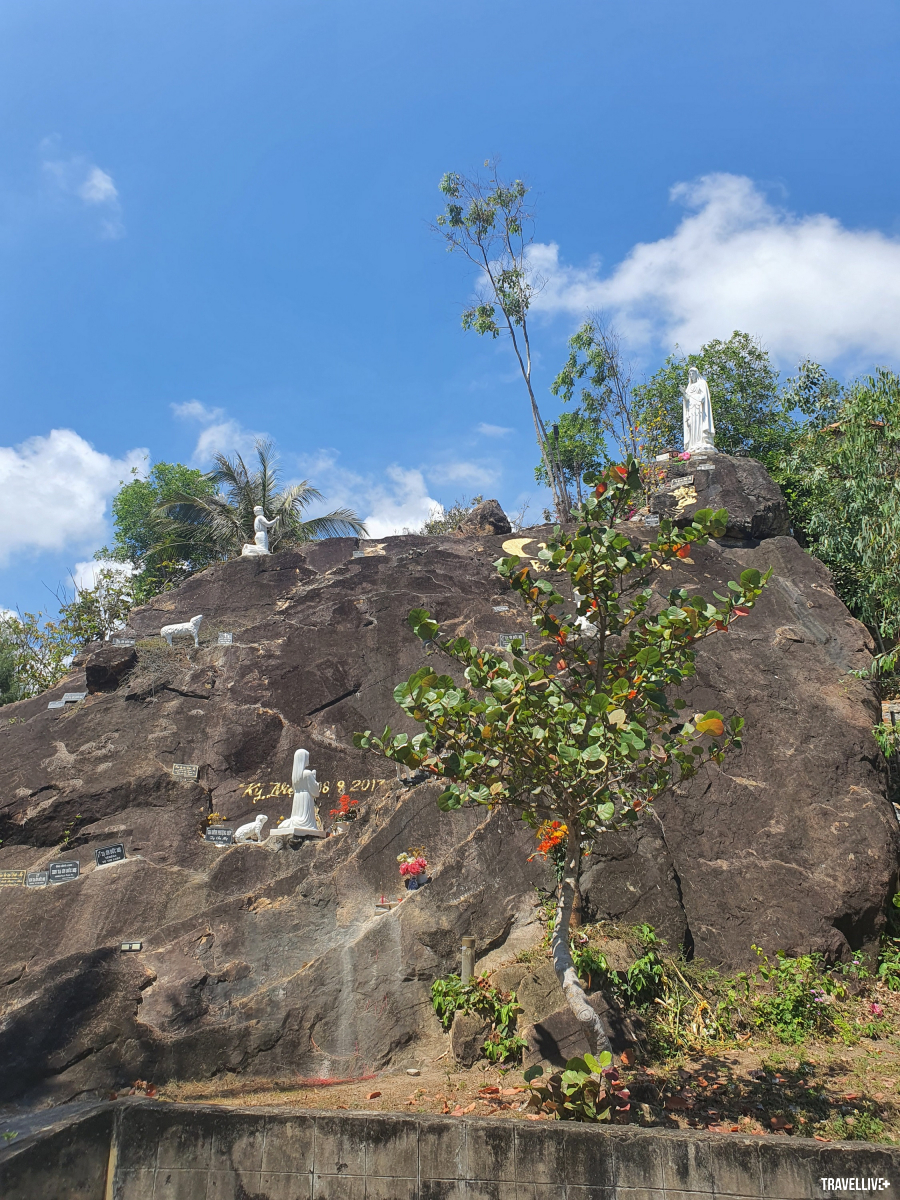
Another unique feature of the Camp is the color and architecture of the houses. They are all square level 4 houses of the 20th century, combined with many gentle and bright tones; in front of each house entrance are flower beds, creating a brilliant highlight for the whole campus. The strangest thing is that each house has a different color mix, different but unified; no house is the same as another, and no one is separate from anyone else.
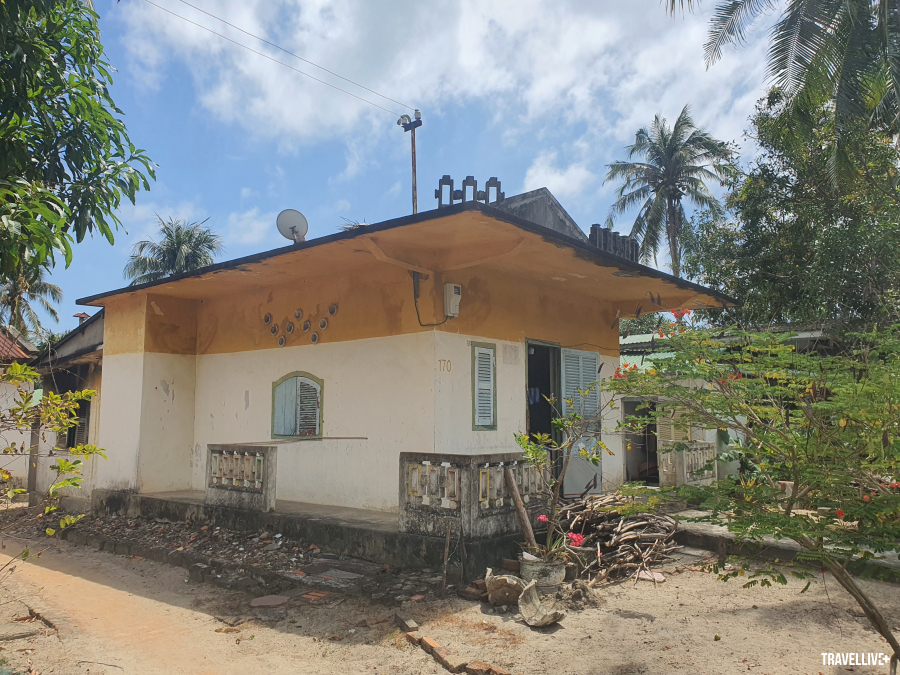

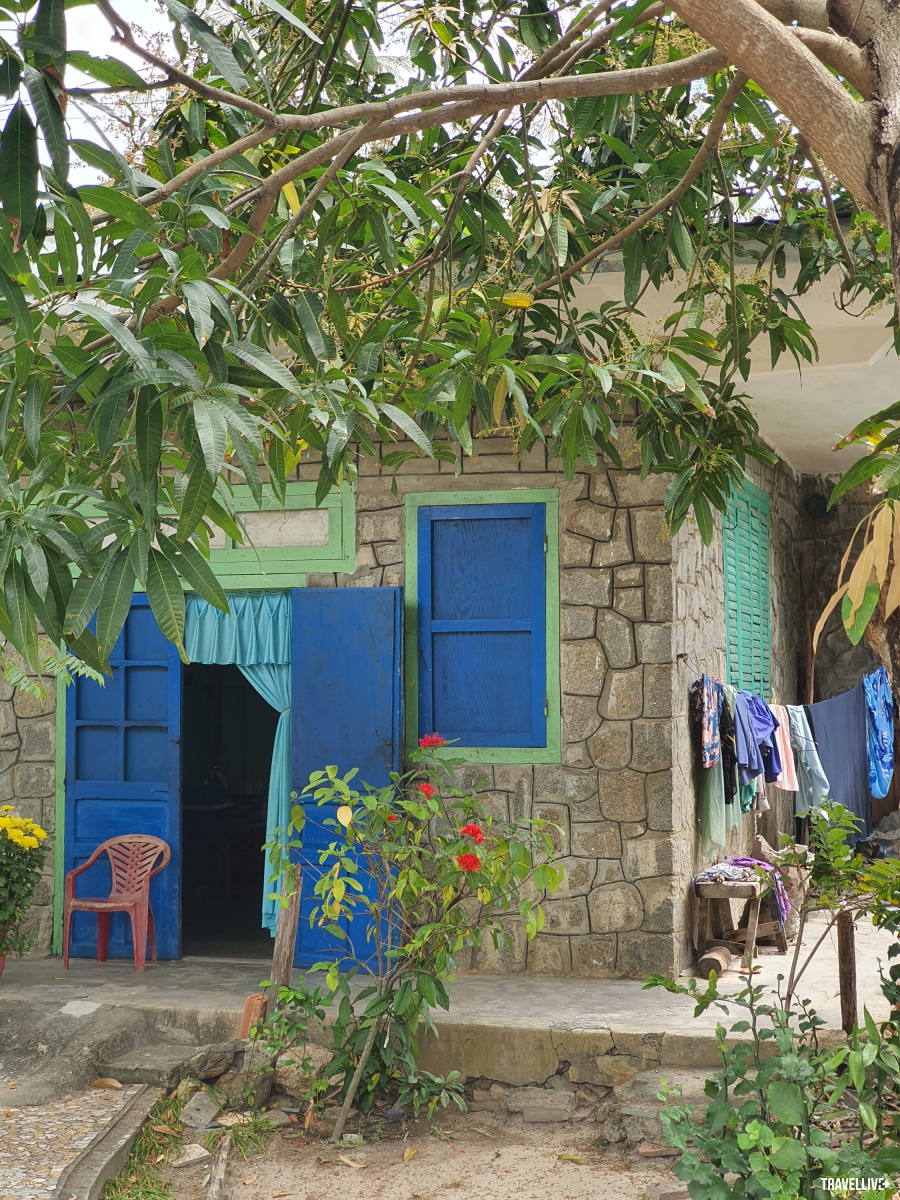
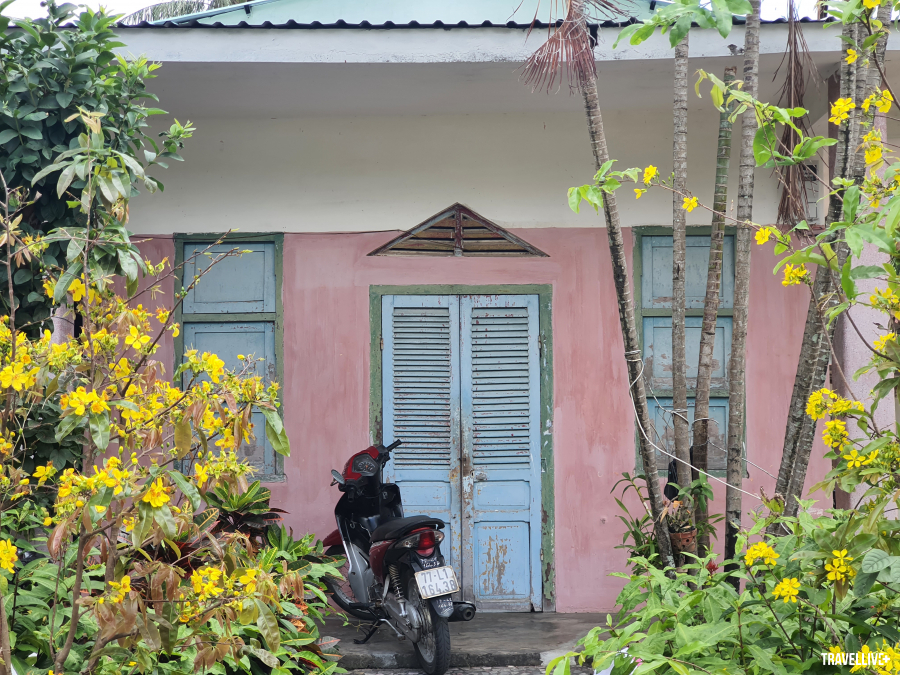
In a more secluded corner, families built a small hut opposite their house. The hut had a canvas roof, and they placed a few thin blankets or pillows there to relax.
It was 12 noon when I drove by, not too hot but still scorching hot, everyone was indoors. Only in this house, there were two people sitting silently in their hut. A grandmother and a grandson.
In the middle of the scorching midday sun, a boy around 20 lay with his head on her lap. Her pale hands stroked each strand of his hair, her mouth humming a song. He squinted his eyes, smiling, his eyes like a river.
I still try to remember those eyes. I hope to remember them for the rest of my life. It makes me suddenly understand why even the younger generation chooses to grow up in this place.
AND "THE DOG STILL BARKS"
I guess it’s because of the quietness of the Leper Colony that there are so few tourists. (And yet I spent half a day here, breathing in that vitality.) But it’s not really that quiet – there are still dogs barking.
The cows and chickens raised in the Farm often congregate in the most "feng shui-friendly" place - right next to the beach. There they leisurely graze, walk back and forth beside the trees, and bask in the sea breeze. Then, out of nowhere, a dog appears, without any friends in the herd. It will find a way to approach the cows, bark loudly, and then run for its life when the cows turn around and growl. Five minutes later, the scene repeats itself: the dog barks again, the cows growl again, the dog runs again. And so on, and that's all.
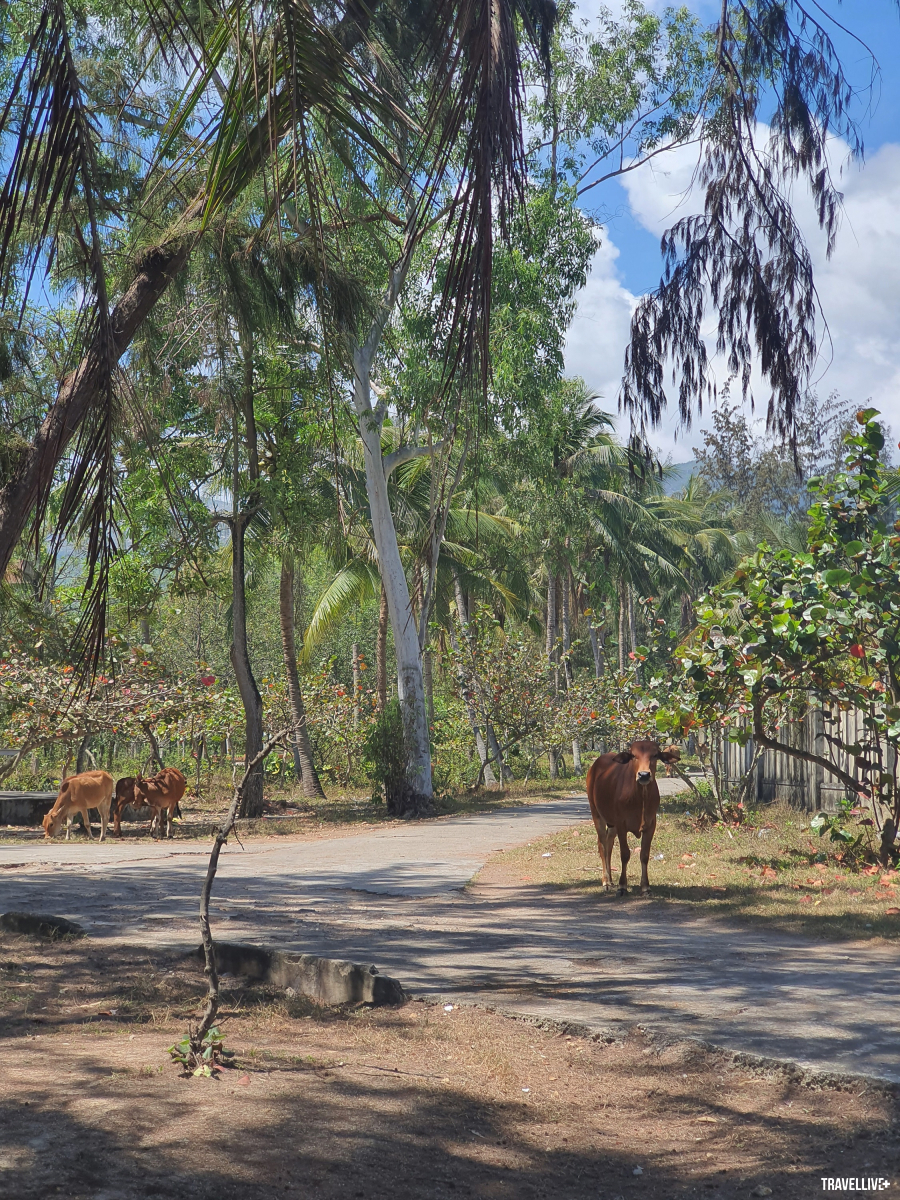
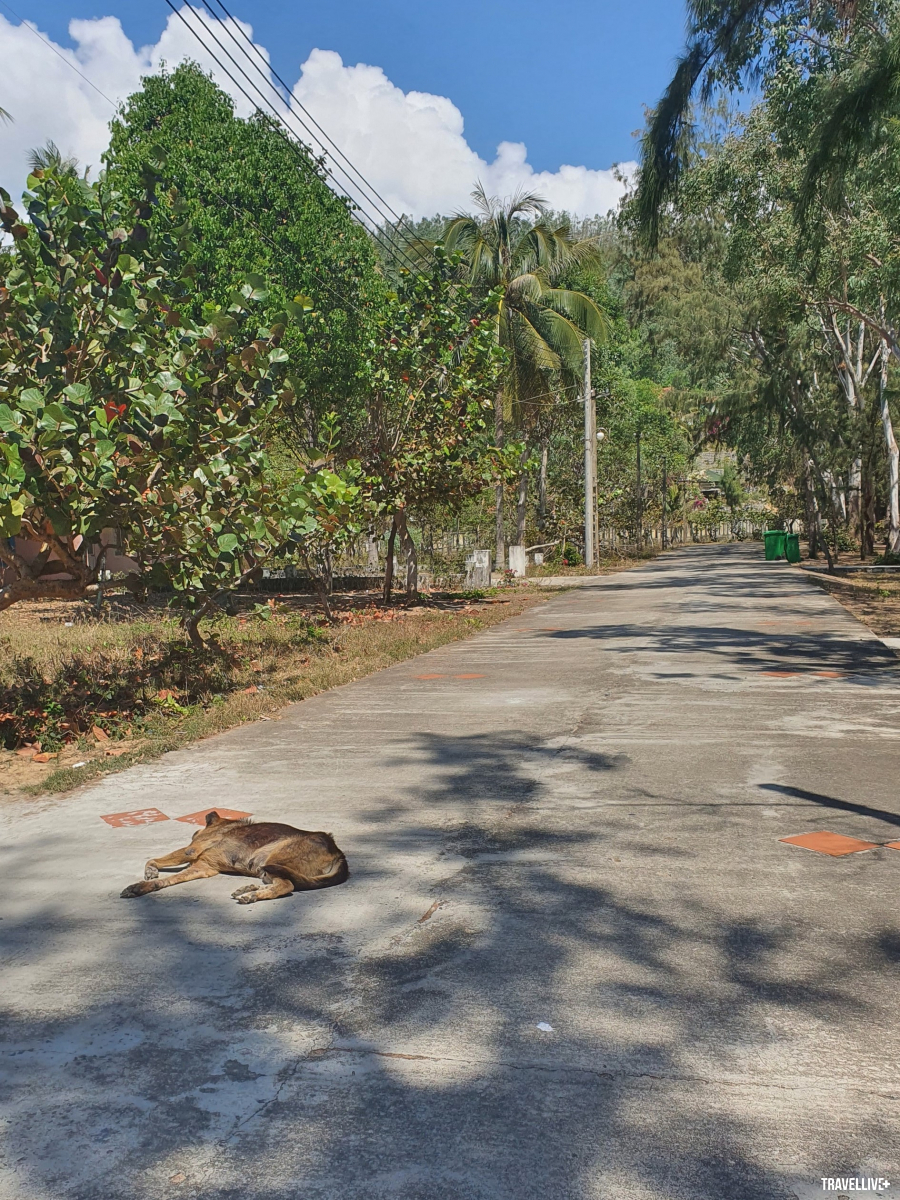
More information
According to the remaining documents, during his time of treatment in Quy Hoa, Han Mac Tu became close friends with two people: one was the nurse at the camp, the other was the water seller. Before passing away, Han Mac Tu gave both of them some of his last poetry collections. The water seller received "more" because Han Mac Tu loved him more, because he was the only person who selflessly kept Tu company during the lonely time of his life.
The special thing is that the tea seller was poor, illiterate, and even less so, did not know that Han Mac Tu was... Han Mac Tu. After the poet passed away, he gradually tore up the pages of poetry to use as toilet paper.





